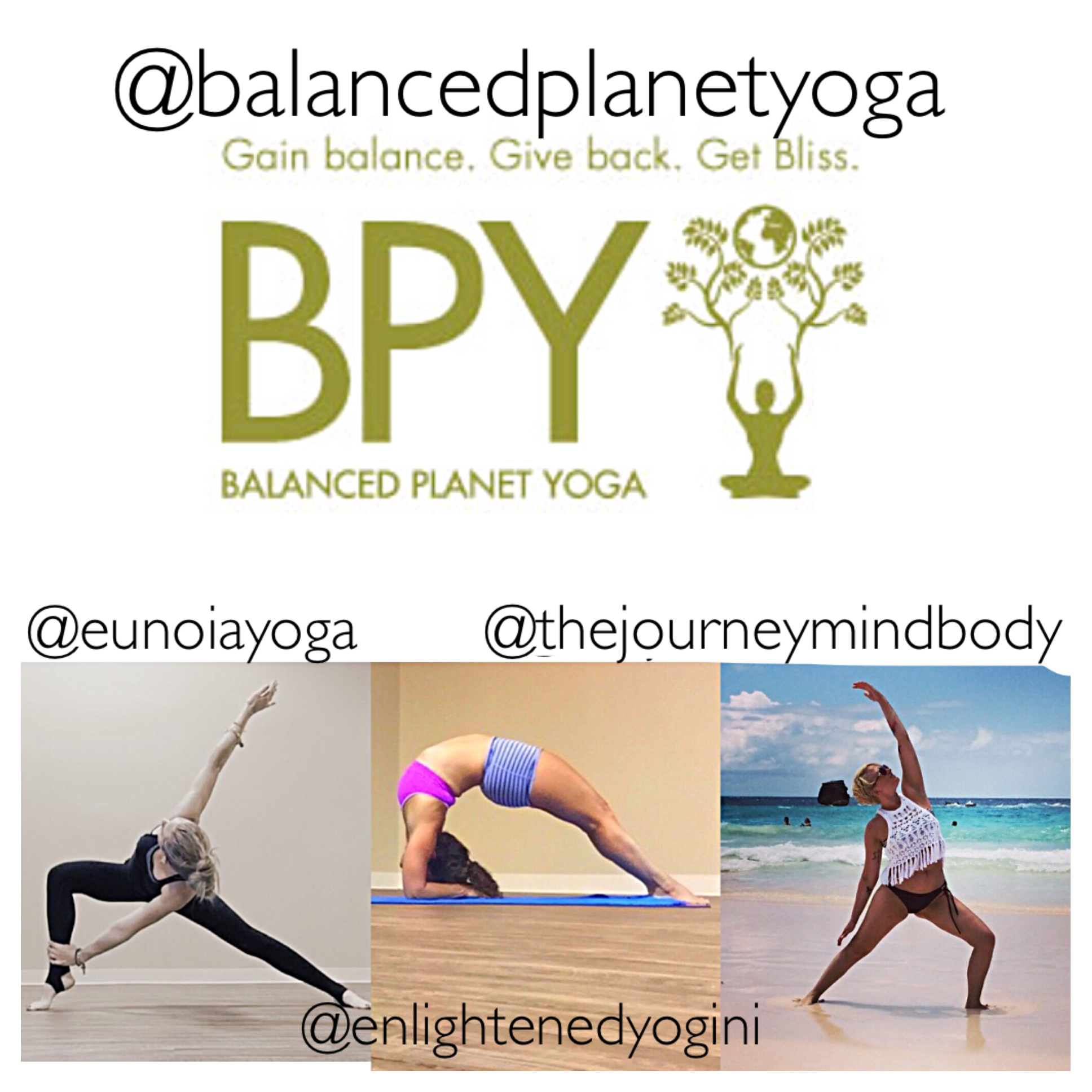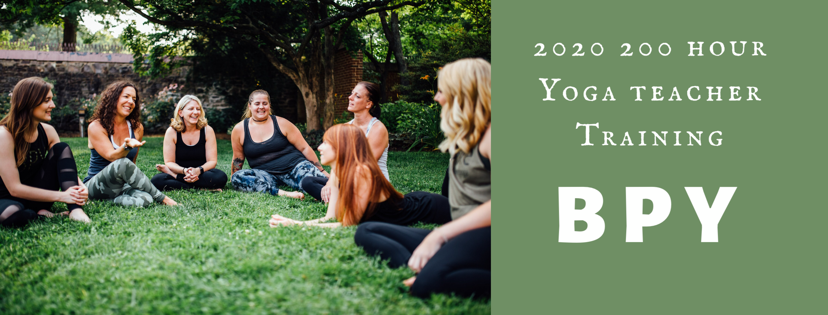Understanding the Difference Between Joy and Happiness
Have you ever thought about the difference between joy and happiness, or do you consider them the same thing? I hadn’t really reflected on it until I was in my late 30s, battling chronic migraine. Years of failed treatments, terrible side effects from medications, constant pain, nausea, and exhaustion left me feeling hopeless and angry. I was spiraling deeper into depression, struggling to see a way out.
During one particularly tough time, we decided to visit my in-laws’ cabin in upstate New York. Despite feeling ill, I was determined to make the best of it for my kids. The night we arrived, I sat on the porch and prayed—really prayed, in a way I never had before. The next day, we took the kids fishing at a nearby lake, and I vividly remember the drive. I was talking to my husband about my exhaustion, my frustration, and my fear of how much longer I could endure.
How Chronic Illness Taught Me the Power of Joy
When we arrived at the lake, I found myself drawn to a large, flat rock warmed by the sun. As I lay down on the rock, I could feel my back body supported by its warmth, while the sun’s rays touched my skin with gentle heat. I covered my eyes, not knowing that this action was a form of pratyahara, or sensory withdrawal, allowing me to go inward.
At that moment, I heard the soothing sound of the water lapping against the shore, the distant chirping of birds, and the joyful laughter of my children. It was in this space of deep presence that I felt something shift inside me. I had entered that car feeling desperate and overwhelmed, but now I felt peace—peace that made no logical sense given my circumstances.
As I lay there, feeling the rock beneath me and hearing the sounds of nature, I experienced a moment of profound joy. Not happiness, mind you. I was still dealing with the emotional and physical pain of my illness, but in that moment, I felt connected, held, and grateful. Joy washed over me, even as the weight of my struggles remained. I realized that joy could coexist with the more difficult emotions—something deeper than the fleeting moments of happiness we often chase.
Why Joy Can Exist Alongside Pain and Struggle
When I removed my hands from my eyes, I looked out and saw my children sitting side by side, fishing poles in hand, laughing against the backdrop of the mountains. That moment was divine. I wasn’t happy in the way society defines happiness, but I felt something even greater: I was joyful, at peace, grateful, and fully present in that moment. The imperfection of my circumstances didn’t diminish the beauty of the experience; it enhanced it.
This is the key difference between joy and happiness. Happiness is an external experience. It often comes when things go our way, when life grants us our desires—a promotion, a new possession, or a special moment going exactly as planned. We feel happiness when life aligns with our expectations. But what happens when life doesn’t meet those expectations? When things fall apart?
That’s where joy comes in. Joy is an internal experience. It’s not dependent on things going “right” or desires being fulfilled. Joy can coexist with pain, struggle, and discomfort because it comes from within. It’s found when we are present, connected, and grateful for the moment, no matter how imperfect.
Practical Ways to Find Joy in Everyday Life
I still battle chronic migraine to this day, but I carry that lesson with me: Joy runs deeper than happiness. Happiness is fleeting, often tied to external circumstances. Joy, however, comes from presence, from recognizing the interconnectedness of life, from gratitude for the here and now. It comes from living in alignment with our dharma, our soul’s purpose, serving others and from seeing life’s miracles in both the highs and lows.
Here’s a practice you can try to tap into joy, even on your toughest days:
- Pause and Breathe: When life feels overwhelming, take a few deep breaths and allow yourself to fully arrive in the present moment. Let go of expectations for just a minute.
- Tune Into Your Senses: What can you hear, feel, or see around you? Allow yourself to be fully in the moment, just like I was on that rock.
- Gratitude Reflection: Ask yourself, “What in this moment can I be grateful for?” It can be as simple as the warmth of the sun or the laughter of a child.
Remember, joy is always available to us if we allow ourselves to tune in. It doesn’t depend on achieving a goal or fulfilling a desire. It’s about being in alignment with life, even when things aren’t perfect, serving others and connecting with something bigger than ourselves.
The Role of Joy in Spiritual Growth
There is nothing wrong with happiness—it’s fun, exciting, and wonderful when things go our way. But if we want to experience the fullness of life, we have to go beyond the surface. We must be willing to find joy even in moments that challenge us, to ride the waves of life with grace.
Living a life centered in joy doesn’t mean rejecting happiness, but it means recognizing that there’s something deeper available to us—something more lasting, more fulfilling. When we stop chasing happiness and start cultivating joy, we find ourselves more connected to our true selves and the divine. And that, my friends, is where the real magic happens.
About The Author
Katie Farinas is a yoga teacher, Dharma life coach, and host of the Mom on the Verge podcast. She blends ancient yogic wisdom with modern science to help spiritually-seeking women find meaning, purpose, and joy in their lives. Through her coaching services, podcast, and workshops, Katie helps others reconnect with their true selves, heal from within, and live with greater ease.
You can explore her coaching programs, download her free Dharma discovery journal, and sign up for her inspiring newsletter at www.momontheverge.org. Tune in to the Mom on the Verge podcast for deep conversations on personal growth, motherhood, and spirituality.
Follow Katie on Instagram at @katiemomandyogi for daily insights, updates, and inspiration.





